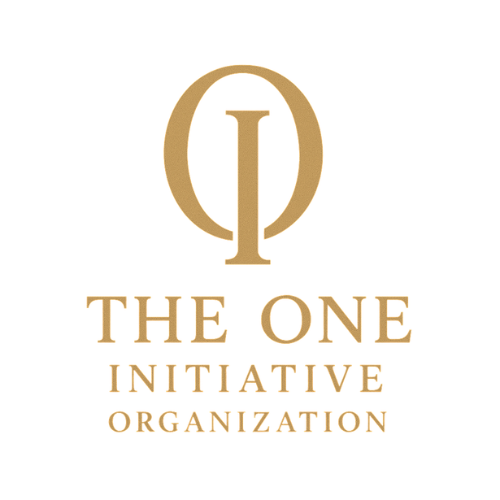From Sovereign Programs to Bankable Assets
1. Sovereign Wealth Funds (SWFs): Turning State Surpluses into Investable Assets
Sovereign Wealth Funds (SWFs) are state-owned investment funds built from surplus reserves—such as trade surpluses or resource revenues. Their core mission is to generate long-term returns for citizens, ensuring that today’s economic success fuels tomorrow’s prosperity.
These funds invest across a broad spectrum of global assets, including equities, bonds, real estate, private equity, and hedge funds. Leading examples include Norway’s Government Pension Fund Global (~$1.7 trillion), Saudi Arabia’s PIF, and China’s CIC.
Governance frameworks like the Santiago Principles help improve accountability and transparency, providing voluntary best practices that support disciplined, responsible management of sovereign capital.
2. Sovereign Asset-Liability Management (SALM): Integrating Public Balance Sheets
SALM is a strategic framework promoted by the IMF to align the management of sovereign assets (reserves, SWFs) with liabilities (debt, contingent obligations). This integrated approach creates a consolidated financial strategy that strengthens fiscal resilience.
For resource-rich nations, converting nonrenewable resource wealth into diversified financial assets provides a pathway to long-term economic stability. Norway’s integrated SALM strategy remains the global benchmark.
3. Securitization: Converting Assets into Bankable Instruments
Securitization transforms illiquid or niche assets into tradable financial products, such as exchange-traded products (ETPs). This process enhances liquidity, broadens investor access, and allows sovereign programs to efficiently tap global capital markets.
Bringing It All Together
The journey from sovereign program to bankable asset typically involves:
- Accumulation of surplus: Building reserves from sources like oil, trade, or taxes.
- Institutional channeling: Directing funds through SWFs or reserve funds with clear mandates.
- Financial structuring: Investing in diversified global assets or packaging assets into securitized products to enhance liquidity and investor reach.
- Governance frameworks: Implementing systems like SALM to optimize risk-return profiles and ensure stability.
These steps create a framework where state reserves evolve into sustainable, market-ready instruments, fostering both national resilience and global investment opportunities.
